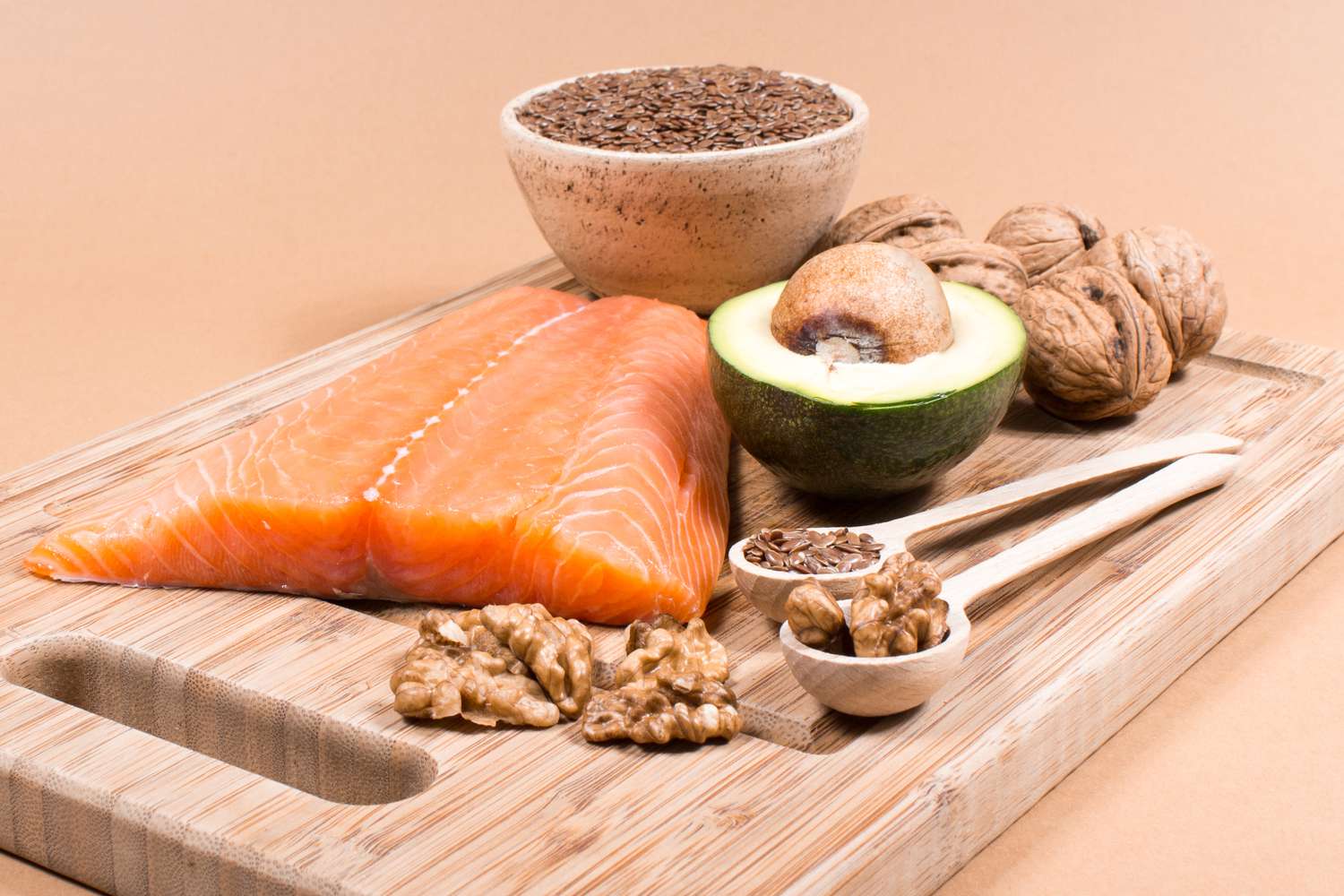
For years, fat had a bad rap, sparking the “low-fat” craze that took over the ‘90s. But fat is anything but harmful, and it’s needed for overall health. Case in point: Fat is an essential macronutrient, meaning the body needs it in large amounts. It’s also involved in myriad functions, including energy storage, satiety, nutrient absorption, and hormone production. The key is to focus on healthy fats, which are naturally found in many foods. But what are healthy fats, exactly—and how do they differ from other fats? Ahead, dietitians explain the difference between healthy vs. unhealthy fats, plus how to add healthy fats to your diet.
- Johanna Salazar, MS, RDN, is a registered dietitian nutritionist and the founder of Healing Nutrition
- Connie Elick, MS, RD, is a registered dietitian and instructor of plant-based culinary arts at the Institute of Culinary Education
- Kristen Carli, MS, RD, a registered dietitian and owner of Camelback Nutrition & Wellness
What Are Healthy Fats?
“Healthy fats” are unsaturated fats. This includes monounsaturated fats and polyunsaturated fats, such as omega-3 and omega-6 fatty acids. These fats are considered “healthy” because they reduce LDL (“bad”) cholesterol in the blood, thereby lowering the risk of heart disease, according to the American Heart Association. They also have anti-inflammatory properties, meaning they lower inflammation, a major factor of chronic disease. Unsaturated fats can even control blood sugar, which is key for preventing and managing diabetes.
Healthy Fats vs. Unhealthy Fats
Whereas some fats are unsaturated and known as “healthy,” other fats are saturated and considered to be “unhealthy.” A quick science lesson: “The terms ‘unsaturated’ and ‘saturated’ refer to the number of hydrogen bonds in each fat molecule,” says Johanna Salazar, MS, RDN. The hydrogen bonds determine the consistency of the fat at room temperature. Unsaturated fats have fewer bonds, so they’re liquid at room temperature. Saturated fats have more hydrogen bonds, so they stay solid at room temperature.
As mentioned, unsaturated fats reduce cholesterol and inflammation. Saturated fats have the opposite effect, as they raise both blood cholesterol and inflammation. That being said, it’s worth focusing on the healthy unsaturated kind whenever possible. Luckily, there are plenty of tasty sources of healthy fats, many of which provide vitamins, minerals, and fiber as well.
7 Healthy Fats You Should Add to Your Diet
Now that you know exactly what healthy fats are, and some ways in which they are beneficial to your overall health, here are a few healthy fats we suggest adding to your diet.
Avocado
If you adore the buttery texture of avocado, you can thank its high content of monounsaturated fats. In fact, the fruit (yes, fruit) is so rich in healthy fats that it’s linked to lower levels of LDL cholesterol. Avocado is also teeming with fiber, which further contributes to healthier cholesterol levels. To eat more of the creamy fruit, try blending it into your next smoothie, as suggested by Connie Elick, MS, RD. You can also add diced avocado to salad, use it as a topper for taco soup, or spread it on bread for a classic avocado toast.
Nuts
For a generous dose of healthy fats, snack on a handful of nuts. According to Salazar, walnuts are the highest source, but all nuts are fair game. Nuts are also rich in satiating protein and gut-friendly fiber, making them one of the healthiest foods you can eat. The best part? They’re delightfully versatile, as they can be tossed into trail mix, sprinkled on yogurt, or mixed into no-bake breakfast bars. Nuts also work well in salads and rice dishes, where they’ll add a delicious crunch.
Flaxseeds
“Flaxseeds are rich in polyunsaturated fats, specifically omega-3 fatty acids,” shares Kristen Carli, MS, RD. Plus, they’re teeming with protein and fiber, two nutrients that increase satiety and reduce hunger. If you’re unsure how to eat flaxseeds, try “adding [them to] smoothies, oatmeal, or pancakes, or sprinkling them on salads, yogurt bowls, or toast,” suggests Carli. You can even mix flaxseeds with breadcrumbs and nuts to make a crunchy coating for baked chicken, fish, or tofu.
Chia Seeds
Another source of healthy fats is chia seeds, which primarily consist of polyunsaturated fats, notes Salazar. They’re particularly high in omega-3 fats, though they also provide essential minerals like calcium, magnesium, and selenium, shares Elick. To eat more chia seeds, add them to smoothies, granola, dips, or baked goods like breads and cookies, suggests Salazar. You can also use them to make Strawberry-Chia Breakfast Pudding or PB& Overnight Oats for a nutritious breakfast.
Oysters
Calling all seafood lovers! Oysters are rich in omega-3 fatty acids, a type of polyunsaturated fat, according to Carli. They also provide immune-boosting zinc, satiating protein, and disease-fighting antioxidants. Whether you prefer oysters raw, grilled, steamed, fried, or baked, these mollusks make for an excellent appetizer or entrée. Oysters can also turn pasta, soup, and rice dishes into an elegant meal.
Olive Oil
“Olive oil mainly consists of monounsaturated fats,” says Salazar. Additionally, olive oil is high in antioxidants, which help the body fight oxidative stress. “Aside from using olive oil for cooking, try adding it to salad or hummus,” suggests Salazar. “You can also serve it with bread, add it to sauces, and [use it as a] marinade,” she adds.
Fatty Fish
As the name suggests, fatty fish are high in (healthy) fats. Examples include salmon, tuna, herring, and sardines, notes Elick. They’re stellar sources of omega-3 fatty acids, as well as protein, vitamin D, zinc, iron, and potassium, shares Carli. To get the most out of these health benefits, aim to eat two 4-ounce servings of fatty fish per week, according to Elick. This is particularly easy to do with canned fish, which can be used to make recipes like these Chile-Lime Salmon Cakes.
